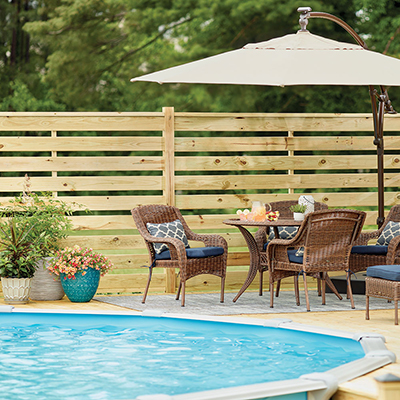How to Winterize a Pool

Last updated September 7, 2023
Nothing beats the convenience of having a private pool in your own backyard. But learning how to winterize a pool is crucial to ownership. A pool that is thoroughly cleaned with properly balanced water is much quicker and easier to open the following summer than one that is improperly closed. Whether you’re looking for instructions on how to winterize an above ground pool or how to close an in-ground pool, follow the maintenance steps below.
Tip: Wait until you’re sure it’s the end of swimming season before closing the pool – around 65 degrees Fahrenheit and continuing lower. This is the point at which learning how to winterize a pool becomes very important.
Difficulty:
Beginner
Duration:
2-4 hours
Table of Contents
Test and Balance the Water
Clean the Pool and Filter
Shock and Circulate
Prevent Algae and Run Pump
Turn Off and Winterize Pool Equipment
Plug and Cover the Pool
Test and Balance the Water
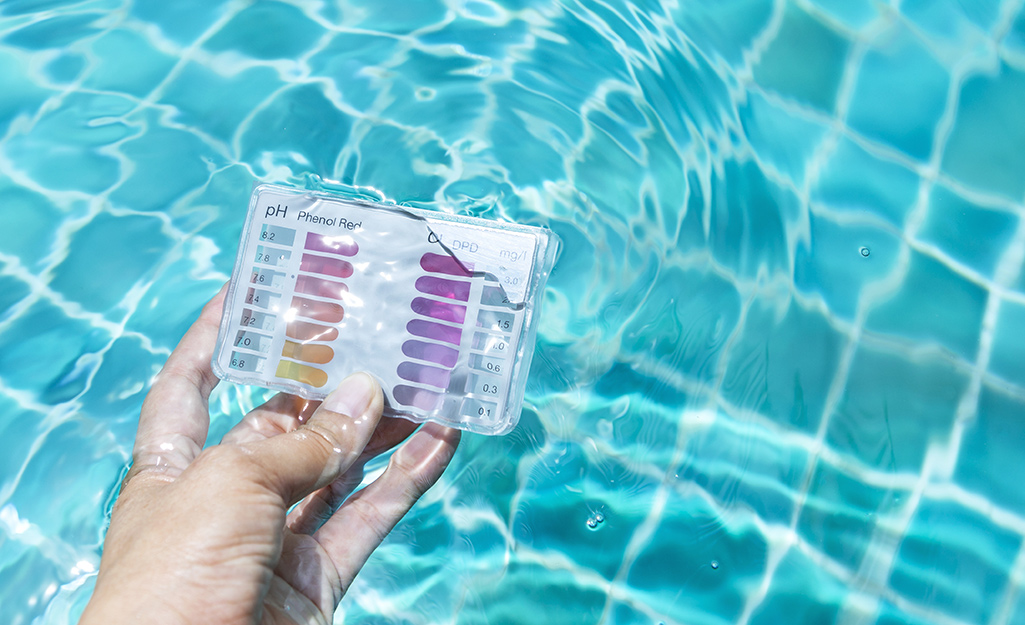
The first step in learning how to close a pool for winter is to test your water using test strips or an at-home pool test kit. Balance your water based on the test results. This helps protect your pool from any surface damage that may occur during the off-season.
Start with balancing alkalinity, then pH, then total hardness. Ideal levels for each parameter are as follows:
- Total Alkalinity: 80 to 150 ppm. If total alkalinity is low, add a total alkalinity increaser.
- pH: 7.2 to 7.6. If the pH levels are not balanced, add an increaser or reducer as needed.
- Total Hardness: 175 to 275 ppm. If total hardness is low, add a hardness increaser.
Clean the Pool and Filter
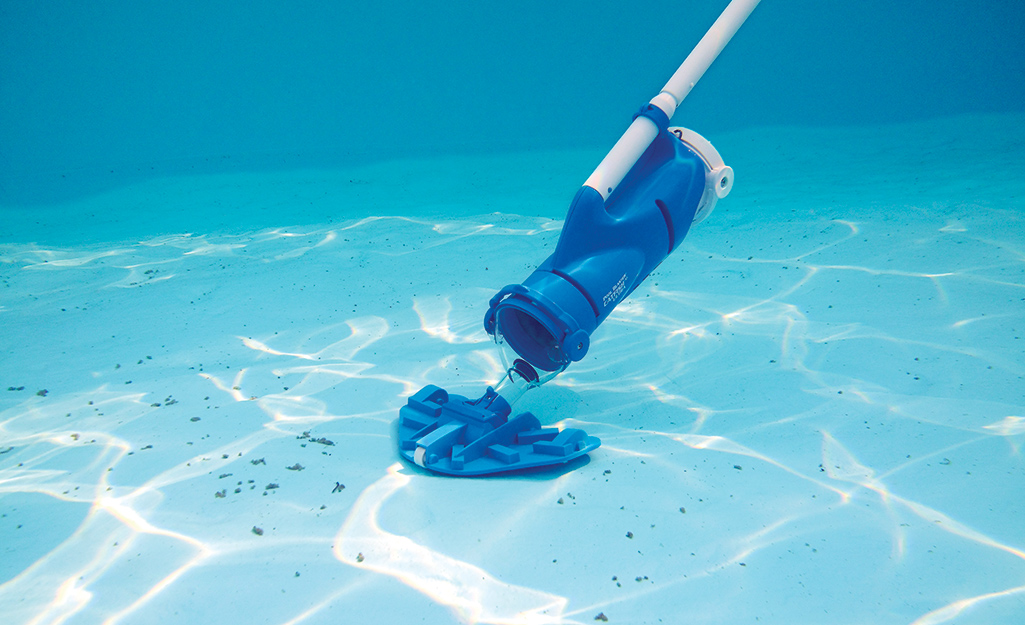
Cleaning the pool thoroughly is an essential part of winterizing a pool. Any instructions on how to close a pool for winter will emphasize this step.
- Clean the water with a pool skimmer and remove any floating debris.
- Brush the surface thoroughly and use a pool vacuum on the pool floor. Make sure to empty the skimmer baskets.
- Backwash the filter thoroughly and chemically clean the filter media or elements using a filter cleaner.
Shock and Circulate
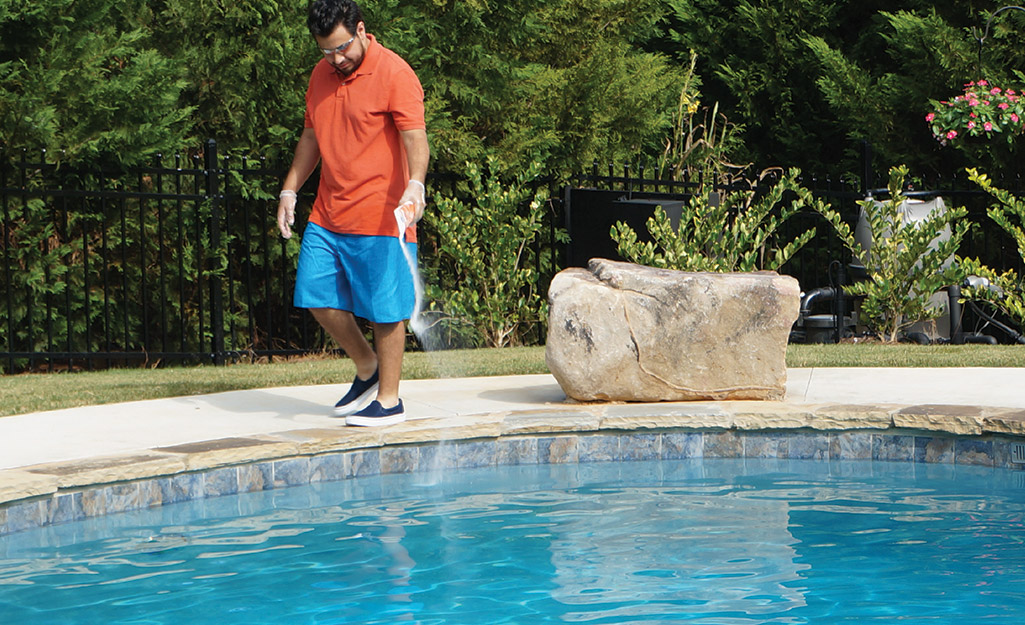
Pool shock provides a fast, high dose of chemicals to destroy bacteria, algae and other waste matter. In addition to using shock as part of the pool closing step, it is often employed after a heavy rain. A mid-winter shock may be necessary for pools in warmer climates.
- Shock your pool according to manufacturer's dosing guidelines to remove contaminants and increase chlorine residual.
- Use a quality pool shock that will not increase the water’s calcium hardness or pH to help protect against surface scale during the off-season.
- Circulate your water for at least four hours to allow the product to disperse throughout the pool.
Prevent Algae and Run Pump
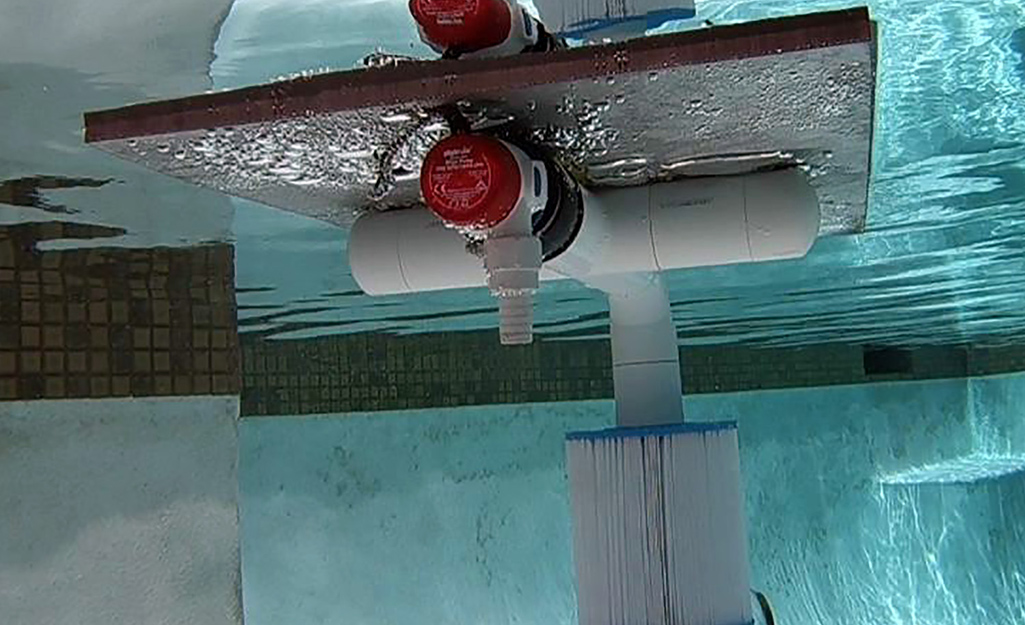
Algae is naturally occurring in plants and soil. Wind blows the spores into the water of outdoor pools. However, proper prevention can keep the spores from blooming into a colony.
- Add a dose of an algaecide according to label directions for pool closing to protect your pool from algae growth during the off-season.
- Choose one that will not cause surface staining.
- Let the pump run for 24 hours so the product fully circulates throughout the water.
Turn Off and Winterize Pool Equipment
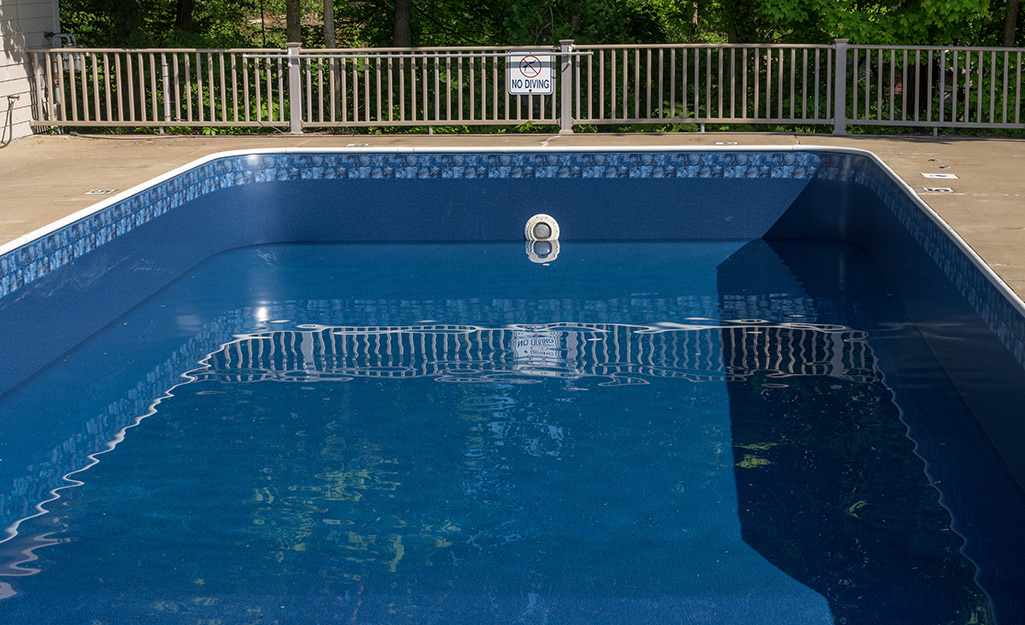
Pool equipment must also be winterized and stored for the season. Allowing pool equipment to remain in the elements leaves the potential for weather damage.
- Turn off all pool equipment per the manufacturer’s directions.
- If needed, partially drain your pool to lower the water level below the skimmer and return lines.
- Remove all drain plugs to completely drain the equipment, then remove the pool pump, chlorinator and hoses.
- Bring all equipment indoors for storage over the winter.
- If you have a sand filter, set the multiplier valve to winterize. If there is no winter setting, set it between two positions and remove the plug at the bottom, letting the filter drain out.
- If you have a cartridge filter, drain it, rinse off the cartridge with a hose or tap water and store it indoors.
- DE (diatomaceous earth) filters should be drained, the DE grids or fingers cleaned and the filter reassembled.
Plug and Cover the Pool
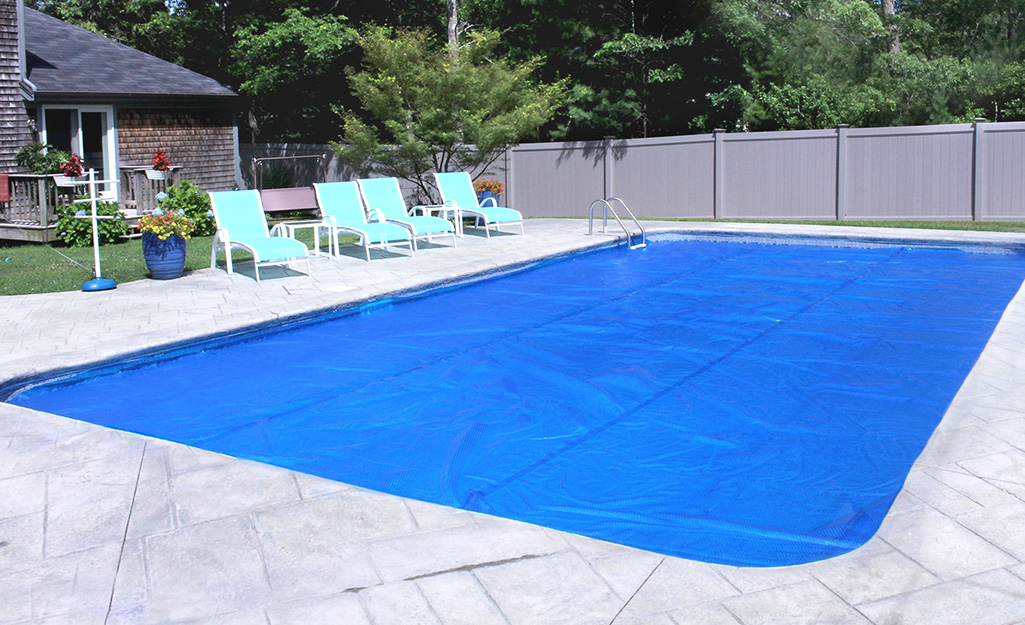
The pool cover you choose should be durable and a good fit for the pool. Make sure you know the proper measurements of the pool when you order your pool cover.
- Remove the eyeball fitting on your return line and plug it with a rubber plug and wing nut.
- Drain the pool about four to six inches below the skimmer then add a skimmer cover.
- Blow up the air pillow and place it in the middle of your pool.
- Put on the pool cover and secure with winter cover clips.
- Remove the ladder and other deck equipment.
- Properly store any unused pool chemicals as directed on product labels, and dispose of any products that will lose their potency over the winter.
While a professional service is readily available, learning how to winterize a pool is a straightforward DIY project. You can save yourself money and time waiting for an appointment.
Ready to start your project? The Home Depot delivers online orders when and where you need them.



